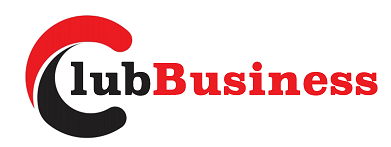Malware is the short for ‘malicious software’. There are different types of malware, each one designed to cause a specific kind of harm. For instance, there’s ransomware that can encrypt critical systems and data, and in exchange, hackers may ask for a ransom. Other kinds of malware include trojan, viruses, worms, and spyware. There are some tell-a-tale signs of malware attacks, such as –
- Inability to access certain systems
- Too many popups
- A completely different home page
- Redirects to other pages and sites
- Slow computer
While malware can be detected, identified and removed, but the first stance would be to prevent such attacks. A few steps can go a long way in preventing malware attacks. Below are the best ones that businesses must follow beyond doubt –
- Use firewalls and network segmentation. Placing networked devices behind firewalls is a basic step for preventing unwanted malware attack. Network segmentation refers to dividing the network into subnetworks, so that security breach on one doesn’t impact others.
- Invest in security programs. If devices, computers and laptops used within the organization doesn’t have antimalware, antivirus and anti-ransomware software as yet, it’s time to buy these.
- Test your systems. Finding system vulnerabilities is very important. This is the precise reason why many big companies have bug bounty programs, and they often engage ethical hackers.
- Update software and firmware. Whether it is about firmware for IP cameras, or software products used by employees on a day-to-day basis, it is absolutely critical to update everything as soon as new versions are made available by manufacturers.
- Focus on password protection. Hackers are constantly looking for vulnerabilities within the system resources and assets. Ensure that all default usernames and passwords are changed immediately, and create strong passwords for every account.
Focus on access rights
Employees are on the forefront of ensuring security, and they need to know about malware, ransomware and other threats. Make sure that you have a clear system for managing access rights. Only people who must have access to a resource or device should have access to it. Identity & access management suites can be handy in preventing unwanted access to resources.
Finally, remove all legacy programs and other software that are not in use anymore. Ask employees to report each and every incident, and don’t forget to have an incident response plan in place, just in case a malware attack happens despite the best efforts.

